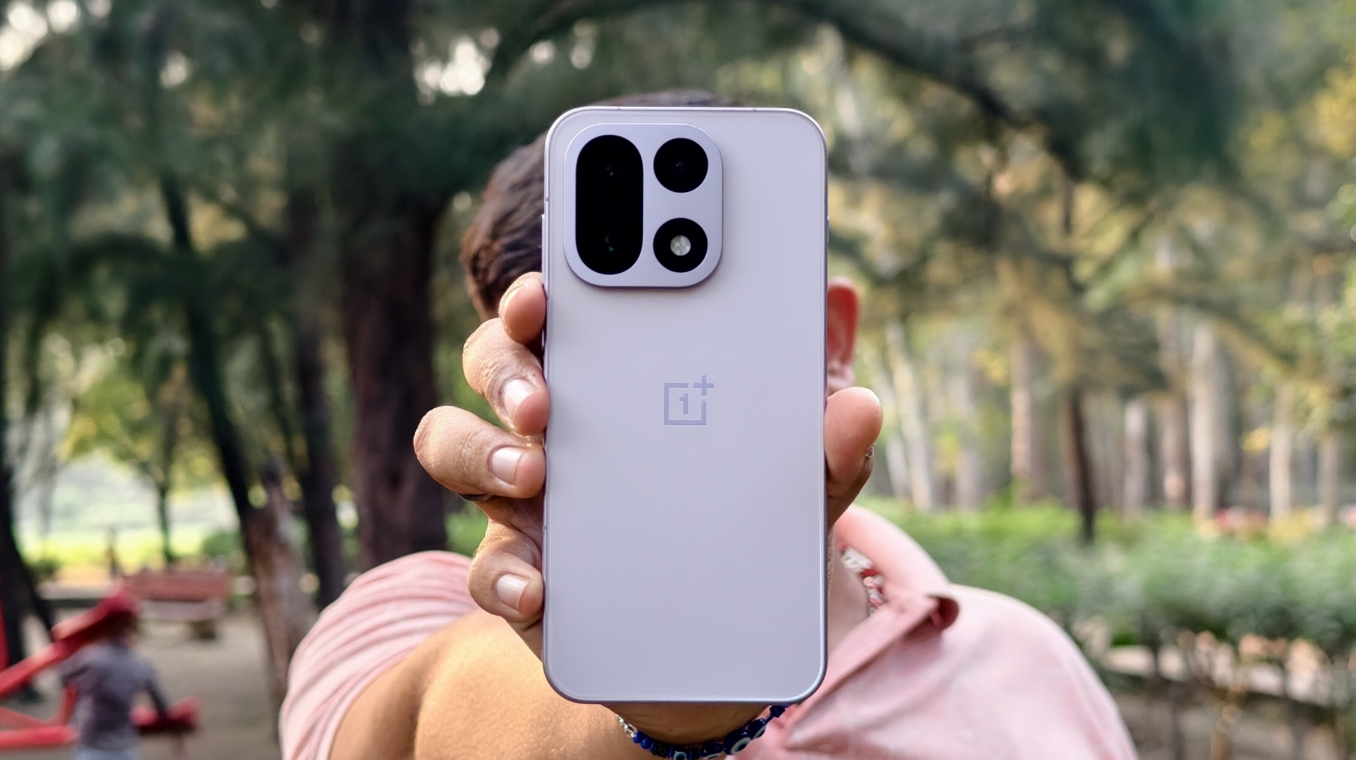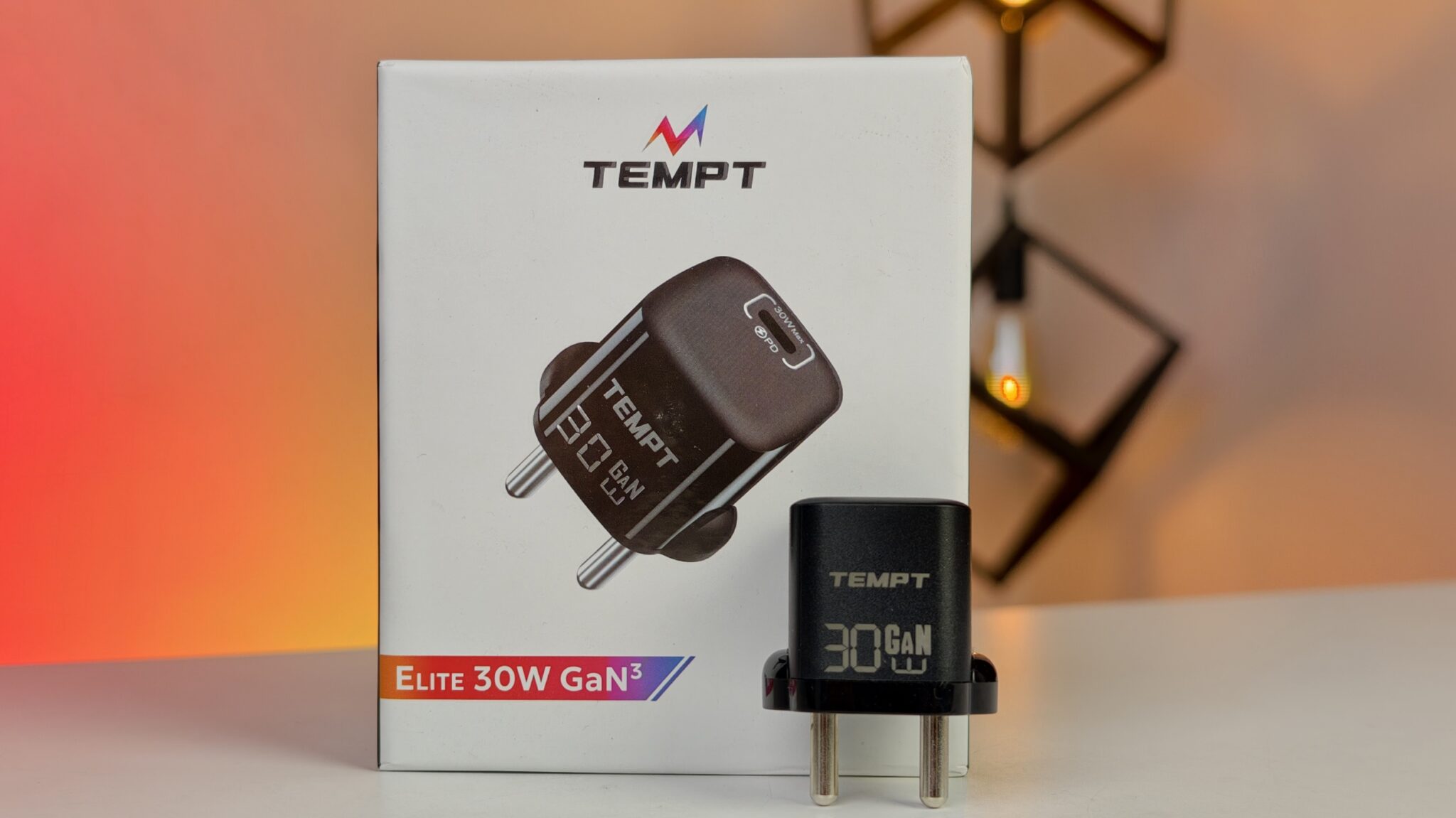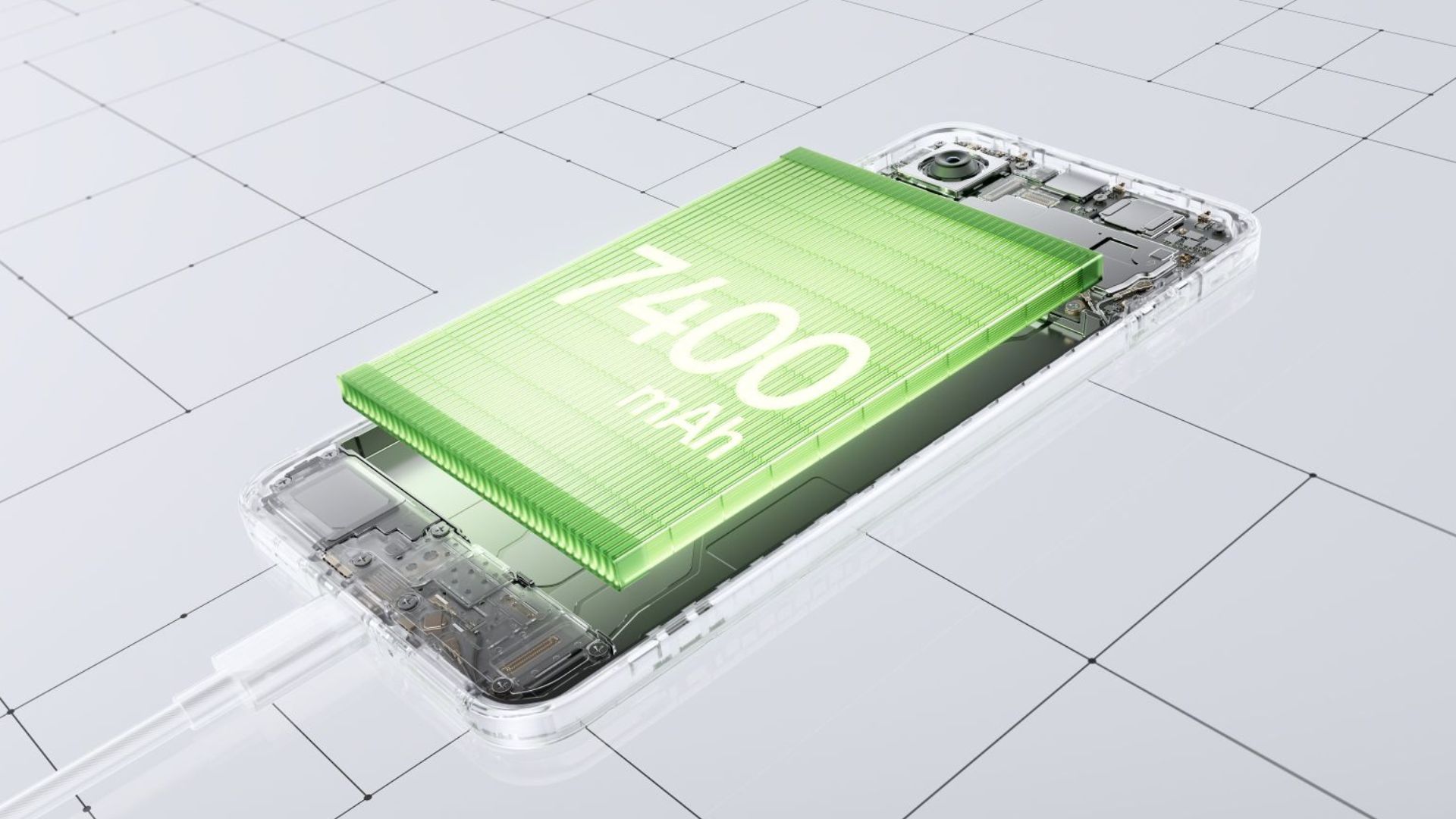Imagine you’re rushing to pay for your groceries, or settling a bill with a local vendor, and your UPI payment just… hangs. The loading circle spins endlessly, or worse, you get a dreaded “transaction failed” message. This scenario, once rare, has become increasingly common for millions of Indians who rely on the Unified Payments Interface (UPI) for their daily transactions. Recent, multiple instances of UPI outages have not only inconvenienced users but have also sparked serious concerns among fintech executives, who are now urgently calling for new, robust solutions to ensure the reliability of this crucial digital payment infrastructure.
Just this past weekend, on Saturday, April 12, 2025, a significant UPI outage left users across the nation in a lurch. Reports flooded social media platforms as people struggled to make payments at malls, petrol pumps, and local shops. The National Payments Corporation of India (NPCI), the entity that operates UPI, acknowledged “intermittent technical issues” leading to partial transaction declines, stating that services were stabilized by late afternoon. However, the disruption, which impacted major payment apps like Google Pay, PhonePe, and Paytm, was the fourth such incident in just over a month, an unusually high frequency for a system known for its dependability.
“There is a large segment of the population in the country that does not carry wallets or cash anymore. So if UPI does not work, it could bring the commerce in the country to a standstill,” stated a senior executive heading digital operations at a major bank, highlighting the critical role UPI now plays in the Indian economy.
Data from NPCI reveals that UPI faced another outage in March 2025, lasting 95 minutes, and a longer 187-minute disruption in January 2022. Cumulatively, UPI was down for 282 minutes across these incidents. While NPCI maintains that the platform’s uptime remains above 99% each month, even short periods of downtime can have a significant impact given the sheer volume of transactions processed daily. In March 2025 alone, UPI recorded an average of 590 million transactions per day. An hour’s outage can potentially affect around 40 million transactions.
The repeated failures have understandably rattled the confidence of users who have come to rely on UPI’s speed and convenience. For small merchants, these outages can translate to lost sales as customers might not have alternative payment methods readily available. Larger retailers might see a shift towards more expensive card-based payments, increasing their transaction costs.
Fintech executives believe the increasing frequency of these outages points to underlying systemic issues that need immediate attention. “We have seen frequent outages because of technical issues faced by the NPCI, latency in the bank network, and such challenges,” said the founder of a prominent Third-Party App Provider (TPAP). They added that the rising costs associated with managing the massive volume of UPI transactions under the current zero Merchant Discount Rate (MDR) regime are putting a strain on the infrastructure of banks and payment processors.
Deepak Abbot, co-founder of fintech startup IndiaGold and former Paytm executive, pointed out that while bank server issues are common, outages at the NPCI level are far more disruptive. “When the NPCI server is unavailable, it becomes a major inconvenience with no transactions happening in the ecosystem,” he explained. Abbot also suggested that the UPI switches across banks might be overwhelmed, and unusual spikes in transaction volume, such as those during IPL matches, could exacerbate the problem.
While the exact reasons for the recent outages remain undisclosed by NPCI, experts suggest several potential causes, including network disruptions by internet service providers powering UPI data centers, hardware malfunctions, and the overloading of banks’ transaction-processing systems.
So, what are the potential solutions? Fintech leaders are advocating for a multi-pronged approach to bolster the reliability of UPI.
One suggestion gaining traction is revisiting the infrastructure. Srinath Sridharan, a Corporate Advisor and Policy Researcher, believes it might be significant to revisit the New Umbrella Entity (NUE) framework, an initiative by the Reserve Bank of India (RBI) aimed at fostering alternative payment systems. While the RBI had previously put the initiative on hold, the vision behind NUE was to build redundancy and safeguard the future of the financial ecosystem. Sridharan argues that relying solely on the existing banking infrastructure might leave the system vulnerable. “A simple software issue could result in such a large outage. We need alternate CBS for banks or better fallback servers and systems for the existing framework to deliver better results,” said the founder of a large UPI app.
Another area of focus is managing the transaction load. NPCI had introduced UPI Lite, a solution designed to handle the increasing volume of small-ticket transactions. However, its impact on the overall load seems limited, with only a small fraction of daily transactions processed through it. Experts suggest exploring ways to incentivize users to adopt UPI Lite or develop other mechanisms to distribute the transaction load more effectively.
Furthermore, some fintech executives are raising the long-debated issue of MDR on UPI transactions. They argue that the zero-MDR regime, while beneficial for users and merchants, puts a financial burden on banks and payment processors, potentially hindering their ability to invest in and upgrade their infrastructure. “Over the past couple of years, banks, payment processors, and even TPAPs have had to upgrade their tech stacks and bear server costs to accommodate exponentially rising UPI transactions,” a fintech founder explained. They believe that a rationalized MDR structure could provide the necessary financial impetus for these entities to enhance the system’s resilience.
The dominance of a few major players in the UPI ecosystem, namely Google Pay and PhonePe, is another concern. While NPCI has extended the deadline for these TPAPs to comply with the 30% transaction volume cap to December 31, 2026, some industry leaders believe that accelerating diversification is crucial to mitigate single points of failure.
The recurring UPI outages serve as a stark reminder of the need to continuously invest in and fortify the digital payment infrastructure that has become the lifeline of India’s economy. As more and more people embrace digital transactions, ensuring the seamless and uninterrupted functioning of UPI is paramount. Fintech executives are right in emphasizing the urgency for new solutions, whether it’s exploring alternative infrastructure through NUE, optimizing transaction load management, or re-evaluating the financial model to support the system’s growth and stability. The next generation of UPI needs to be not just convenient and accessible, but also unfailingly reliable, to maintain the trust of its millions of users and continue driving India’s digital revolution.



















